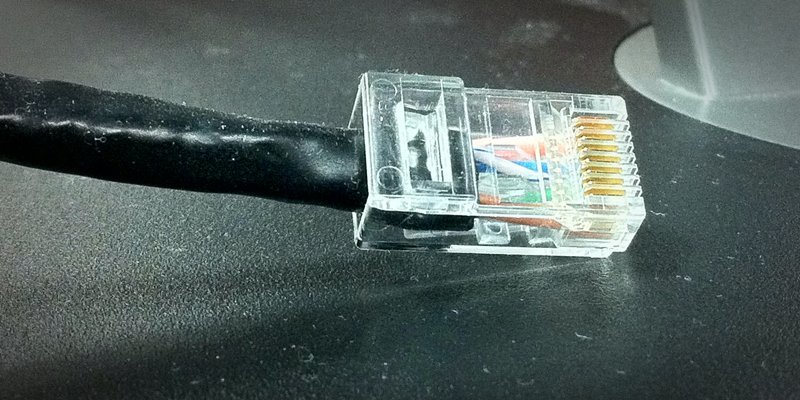Experts at St Andrews University say cloud computing could help businesses slash millions of pounds from their technology budgets.
Computing “in the cloud” uses web services instead of packaged software, and experts insist it could help major firms save up to £1 million every year.
The school of computer science at St Andrews is a world leader in cloud computing research. Home to the UK’s first research centre in the UK dedicated to the technique, the university is hosting the first international school in cloud computing for students from all over Europe.
A spokesman said, “Cloud computing is a new way for businesses to transform their IT provision. Instead of buying expensive software, servers and air conditioning systems, they can access computer services, provided by companies like Amazon and Google, via the web.”
Organiser Professor Ian Sommerville is heading up a “virtual” research pool at the St Andrews Cloud Computing Co-Laboratory (StACC). The first group of its kind in the UK, it is prototyping a wide range of ideas surrounding new technologies.
Professor Sommerville said, “More than 75% of large companies are considering moving some of their IT to the cloud. Instead of using in-house systems to run their web and e-commerce sites, companies can eliminate the need to buy and maintain their own computers by using cloud services.”
He added, “Additionally, instead of buying and using office products for email or word processing, companies are reducing costs by using these services in the cloud. It also aids flexible working as services can be accessed on the move, from home or from anywhere in the world.”
Cloud computing was in the news this week when Apple revealed details of its new IOS 5 and iCloud systems at its Worldwide Developers Conference.
Experts at StACC say that using products in the cloud on a pay-as-you-go basis reduces capital costs and spreads running costs.
Last year the construction group Taylor Woodrow reported that using Google Apps in the “cloud” instead of Microsoft Office resulted in an estimated saving of £1 million per year.
St Andrews was one of the first universities in the UK to move student email to a cloud-based Google application.
Professor Sommerville said, “We are now working closely with industry to develop new techniques to help them move existing systems to the cloud and to develop simulation tools that allow them to predict the costs and risks of using the cloud.”
